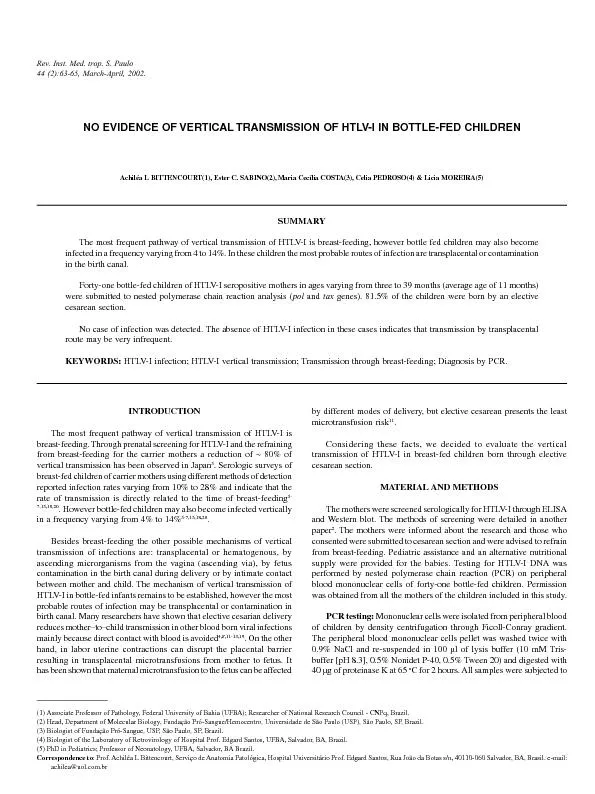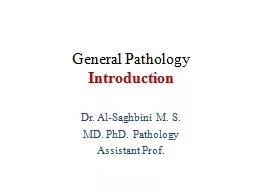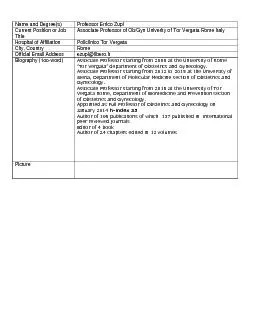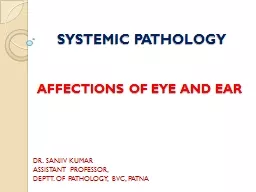PDF-(1) Associate Professor of Pathology, Federal University of Bahia (UFB
Author : stefany-barnette | Published Date : 2016-03-04
Achila L BITTENCOURT1 Ester C SABINO2Maria Ceclia COSTA3 Celia PEDROSO4 Licia MOREIRA5SUMMARYThe most frequent pathway of
Presentation Embed Code
Download Presentation
Download Presentation The PPT/PDF document "(1) Associate Professor of Pathology, Fe..." is the property of its rightful owner. Permission is granted to download and print the materials on this website for personal, non-commercial use only, and to display it on your personal computer provided you do not modify the materials and that you retain all copyright notices contained in the materials. By downloading content from our website, you accept the terms of this agreement.
(1) Associate Professor of Pathology, Federal University of Bahia (UFB: Transcript
Download Rules Of Document
"(1) Associate Professor of Pathology, Federal University of Bahia (UFB"The content belongs to its owner. You may download and print it for personal use, without modification, and keep all copyright notices. By downloading, you agree to these terms.
Related Documents














